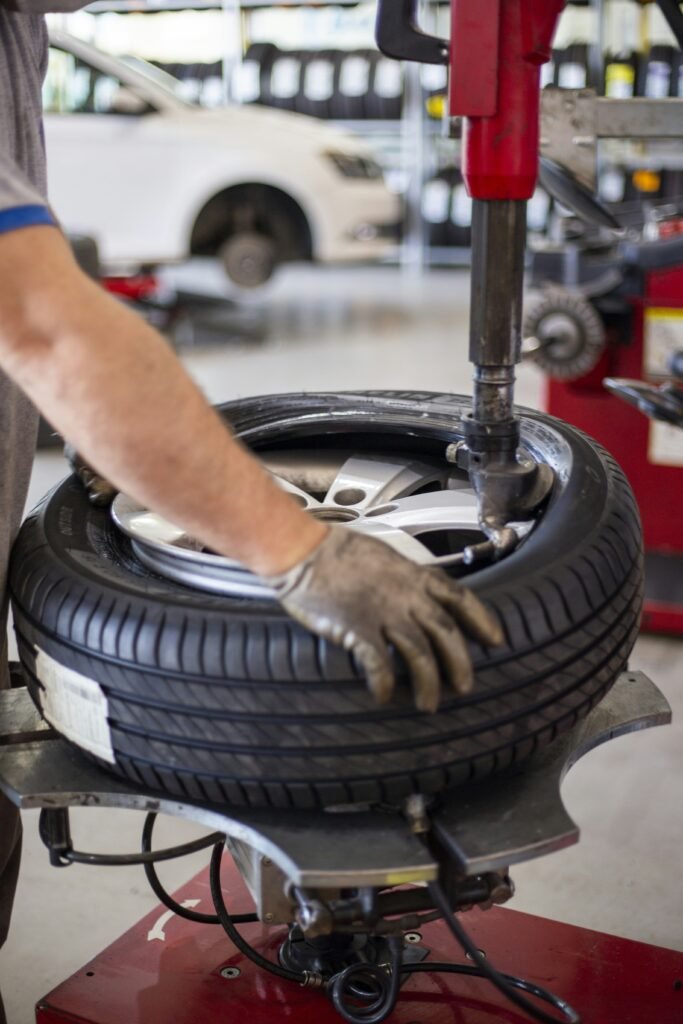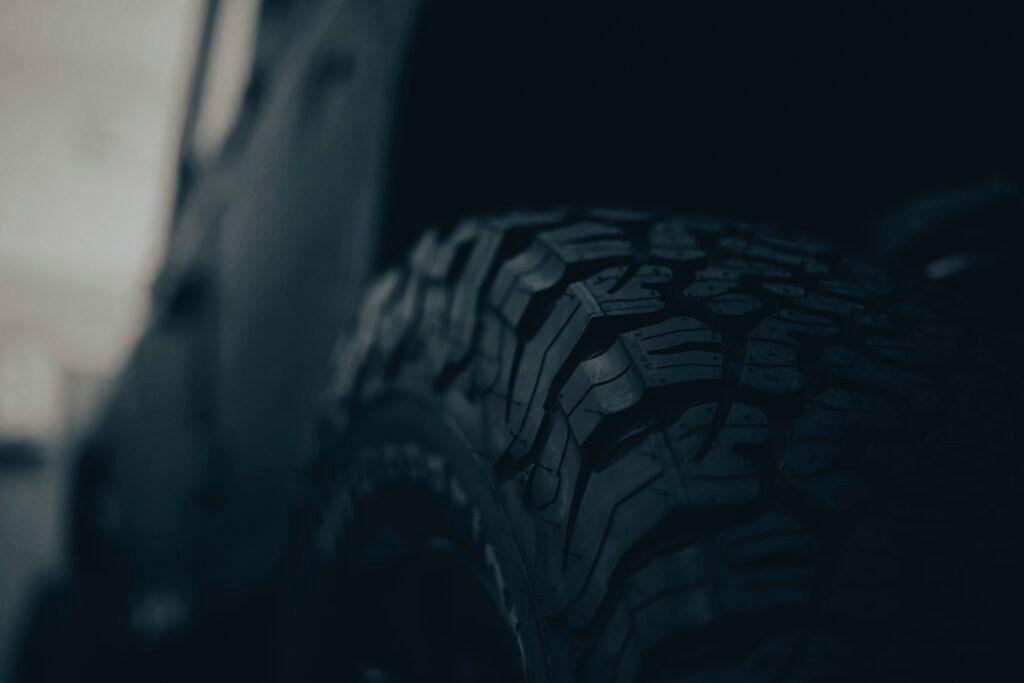Hello there! Are you looking to save time and money by taking care of your own tire maintenance? Look no further – in this article, we will provide you with essential tips and strategies for keeping your tires in top shape. Whether you are a seasoned DIY enthusiast or new to the world of car care, these simple yet effective tips will help you ensure your tires are safe and road-ready. From checking tire pressure to identifying signs of wear and tear, we’ve got you covered. Let’s dive into the world of DIY tire maintenance together! Are you looking to save time and money by taking care of your own tire maintenance? In this article, we will provide you with essential tips for DIY tire maintenance to keep your vehicle running smoothly and safely. From checking tire pressure to inspecting tread wear, we’ve got you covered with all the information you need to maintain your tires like a pro.
Importance of Tire Maintenance
Keeping your tires in good condition is crucial for your safety on the road. Proper tire maintenance not only improves your vehicle’s performance but also extends the life of your tires. By regularly checking and maintaining your tires, you can prevent accidents, ensure better fuel efficiency, and save money in the long run.
Safety First
Your tires are the only thing connecting your vehicle to the road, so it’s essential to prioritize safety when it comes to tire maintenance. Properly inflated tires provide better traction, handling, and braking, reducing the risk of accidents. Regular tire maintenance is key to ensuring your safety and the safety of others on the road.
Checking Tire Pressure
One of the most important aspects of DIY tire maintenance is checking tire pressure regularly. Proper tire pressure is necessary for optimal performance, fuel efficiency, and tire longevity.
How to Check Tire Pressure
To check your tire pressure, you will need a tire pressure gauge. Start by removing the valve cap from the tire. Press the gauge onto the valve firmly to get a reading. Compare the reading to the recommended tire pressure listed in your vehicle’s owner’s manual or on the driver’s side door jamb.
Importance of Proper Tire Pressure
Underinflated tires can lead to poor handling, reduced fuel efficiency, and uneven tread wear. Overinflated tires, on the other hand, can result in a harsh ride, decreased traction, and premature tire wear. Maintaining the correct tire pressure is crucial for optimal performance and safety.
| Tire Pressure (PSI) | Recommended |
|---|---|
| Front Tires | 32-35 |
| Rear Tires | 30-33 |

This image is property of images.unsplash.com.
Inspecting Tread Wear
Tire tread wear is another critical aspect of tire maintenance that should not be overlooked. Worn-out tire treads can reduce traction, increase stopping distances, and pose a safety hazard on the road.
How to Check Tread Wear
To check tire tread wear, you can use the penny test. Insert a penny into the tread grooves with Lincoln’s head facing down. If you can see the top of Lincoln’s head, it’s time to replace your tires. Additionally, you can look for wear indicators on the tire tread, which are raised bars indicating worn-out treads.
Importance of Tread Wear
Maintaining proper tread depth is essential for good traction, especially in wet or icy conditions. Worn-out treads can lead to hydroplaning, reduced grip, and increased risk of accidents. Be sure to inspect your tire treads regularly and replace your tires when necessary.
Rotating Tires
Rotating your tires is another essential maintenance task that can help extend the life of your tires and improve overall performance.
Why Rotate Your Tires
Tires wear out at different rates depending on their position on the vehicle. Rotating your tires regularly ensures even wear and extends the life of your tires. It also helps maintain proper alignment and balance, improving handling and reducing the risk of uneven tread wear.
How to Rotate Your Tires
The rotation pattern for your tires will depend on your specific vehicle and tire type. Refer to your vehicle’s owner’s manual for the recommended rotation schedule and pattern. You can rotate your tires at home using a jack and jack stands or take your vehicle to a professional mechanic for a tire rotation service.

This image is property of images.unsplash.com.
Balancing Tires
Tire balancing is another vital aspect of tire maintenance that can improve handling, reduce vibrations, and prevent premature tire wear.
Why Balance Your Tires
Balancing your tires ensures even weight distribution around the tire and wheel assembly. Unbalanced tires can cause steering wheel vibrations, uneven wear, and poor handling. Balancing your tires regularly helps maintain stability and performance on the road.
When to Balance Your Tires
You should balance your tires whenever you have them rotated, replaced, or if you experience vibrations or uneven wear. Tire balancing should be done by a professional tire technician using specialized equipment to ensure precise balance.
Aligning Tires
Wheel alignment is a critical maintenance task that ensures your tires are properly aligned with the road, improving handling, steering, and overall performance.
Signs Your Tires Need Alignment
Common signs that your tires need alignment include uneven tread wear, steering wheel vibrations, pulling to one side, and a crooked steering wheel when driving straight. If you notice any of these signs, it’s essential to get your tires aligned to prevent further damage.
Benefits of Tire Alignment
Proper wheel alignment improves tire longevity, fuel efficiency, and vehicle stability. It also enhances steering responsiveness, handling, and overall driving comfort. Regular wheel alignment is essential for maintaining your vehicle’s performance and safety.

This image is property of images.unsplash.com.
Tire Repair and Replacement
In some cases, tire damage or wear may require repair or replacement to ensure your safety on the road.
When to Repair Your Tires
Tire punctures, cuts, or sidewall damage can sometimes be repaired depending on the location and extent of the damage. Small punctures can often be repaired with a patch or plug, but larger or more severe damage may require tire replacement.
When to Replace Your Tires
If your tires are worn out, have visible damage, or don’t pass the penny test, it’s time to replace them. It’s essential to replace your tires before they reach the end of their lifespan to maintain optimal safety and performance on the road.
Tire Storage Tips
Proper tire storage is essential for maintaining the quality and longevity of your tires, especially when not in use.
How to Store Your Tires
When storing your tires, it’s crucial to keep them clean, dry, and away from direct sunlight. Store your tires in a cool, dry, and well-ventilated area, away from chemicals, oils, and solvents that can damage the rubber. You can stack your tires or store them upright to prevent deformation.
Tire Storage Duration
If you plan to store your tires for an extended period, it’s recommended to rotate and inspect them every six months. Proper storage and maintenance can help prevent flat spots, dry rot, and other issues that can affect tire quality.
Conclusion
Maintaining your tires is an essential aspect of vehicle ownership that should not be overlooked. By following these DIY tire maintenance tips and strategies, you can ensure your safety, improve performance, and extend the life of your tires. Regularly checking tire pressure, inspecting tread wear, rotating, balancing, aligning, repairing, and storing your tires are key tasks that can make a significant difference in your overall driving experience. Remember, proper tire maintenance is not only about saving money but also about ensuring your safety and the safety of others on the road. Stay safe, stay informed, and enjoy the journey ahead with well-maintained tires.





